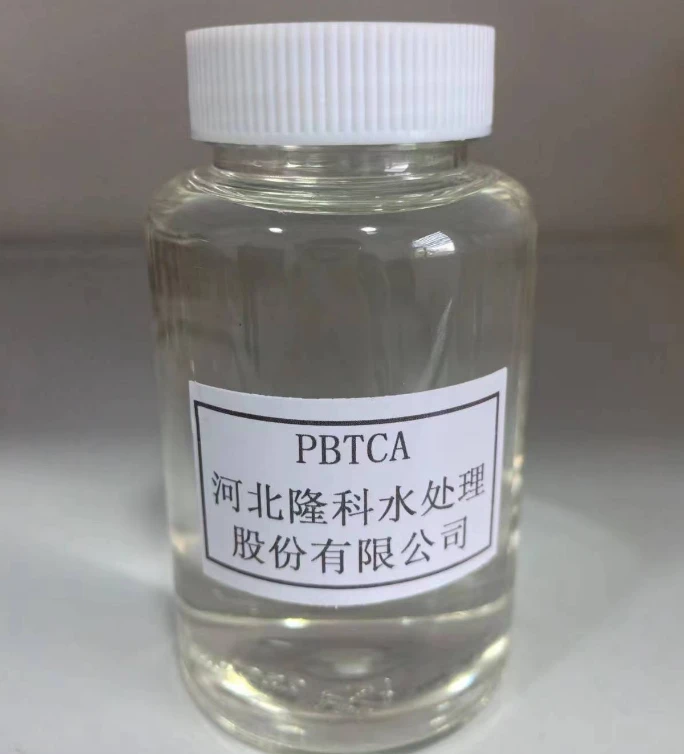types of flocculants in water treatment
Types of Flocculants in Water Treatment
Water treatment is a critical process that ensures the safety and quality of drinking water, as well as the efficacy of wastewater treatment. One of the essential components in this process is flocculation, which involves the aggregation of particles into a floc or clump, allowing for easier removal from the water. Flocculants are substances that promote this aggregation, and they play a vital role in improving the efficiency of water treatment systems. This article will delve into the different types of flocculants used in water treatment, their mechanisms, and their applications.
1. Inorganic Flocculants
Inorganic flocculants are composed of metal salts, most commonly aluminum and iron-based compounds. These are widely used in water treatment due to their effectiveness and cost-efficiency.
- Aluminum Sulfate (Alum) One of the most commonly used flocculants, aluminum sulfate, works by neutralizing the negative charges on particle surfaces, allowing them to aggregate. It is effective for removing turbidity, color, and microorganisms from water.
- Ferric Chloride Another prevalent inorganic flocculant, ferric chloride, is particularly effective in organic matter removal. It works similarly to alum, creating flocs that can be easily settled or filtered out. Additionally, it provides good performance across a wide pH range.
- Polymeric Coagulants Though primarily considered coagulants, certain polymeric compounds can also function as flocculants. They are large molecules that can bridge between suspended particles, enhancing floc formation. Examples include polyaluminum chloride (PAC) and polyamines.
2. Organic Flocculants
Organic flocculants are usually synthetic or natural polymers that can be much more effective than inorganic flocculants at lower doses. They are particularly advantageous in specific applications, such as treating wastewater sludge.
- Synthetic Polymers These flocculants are widely utilized in industrial applications due to their customizable chemical properties. Common types include polyacrylamide (PAM), which is available in various forms—anionic, cationic, and nonionic—each suited for different water treatment scenarios. Anionic polyacrylamide, for instance, is preferred for negatively charged particles, while cationic variants are more effective with positively charged substances.
- Natural Polymers Eco-friendly alternatives, natural flocculants, such as chitosan, starch, and guar gum, can serve as effective agents to facilitate flocculation. They are biodegradable and non-toxic, making them suitable for applications where environmental considerations are paramount.
types of flocculants in water treatment

Innovative approaches in water treatment have led to the development of integrated flocculants, which combine both inorganic and organic components. These flocculants can exploit the advantages of both types, ensuring improved performance.
- Hybrid Flocculants Hybrid formulations may incorporate both natural biopolymers and synthetic additives, maximizing their flocculating abilities while minimizing environmental impacts. Research continues to explore the balance of this integration to achieve optimal results in various treatment scenarios.
4. Applications of Flocculants
Flocculants are used in a variety of water treatment applications, including
- Drinking Water Treatment Flocculants help to clarify drinking water by removing suspended solids, pathogens, and organic materials.
- Wastewater Treatment In municipal and industrial wastewater, flocculants assist in settling sludge, separating solids from liquids, and enhancing the overall treatment process.
- Industrial Processes Many industries utilize flocculants in processes such as mining, paper production, and food processing, where they enhance separation and clarification methods.
Conclusion
Understanding the types of flocculants available in water treatment is crucial for optimizing water quality management. From traditional inorganic compounds like alum and ferric chloride to advanced synthetic and natural polymers, the selection of flocculants depends on specific treatment needs and environmental considerations. As technology advances, the development and application of new flocculants will continue to evolve, contributing to more sustainable practices in water treatment. Proper usage of these agents will not only improve water quality but also support broader efforts in safeguarding public health and preserving our aquatic ecosystems.
-
lk-319-special-scale-and-corrosion-inhibitor-for-steel-plants-advanced-solutions-for-industrial-water-systemsNewsAug.22,2025
-
flocculant-water-treatment-essential-chemical-solutions-for-purification-processesNewsAug.22,2025
-
isothiazolinones-versatile-microbial-control-agents-for-industrial-and-consumer-applicationsNewsAug.22,2025
-
scale-inhibitor-key-solutions-for-water-system-scale-preventionNewsAug.22,2025
-
organophosphonates-versatile-scale-inhibitors-for-industrial-water-systemsNewsAug.22,2025
-
scale-and-corrosion-inhibitor-essential-chemical-solutions-for-water-system-maintenanceNewsAug.22,2025





